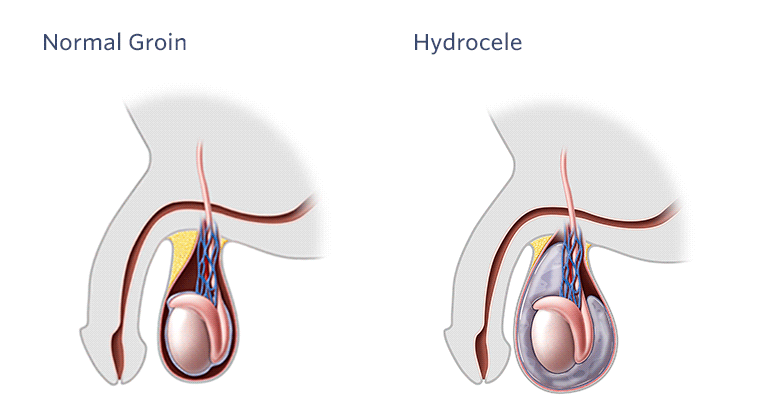Hydrocele and Hernia
Overview
A hydrocele is the presence of a fluid-filled sac in the scrotum, leading to swelling. The scrotum, located behind the penis, houses the testes (testicles). Hydroceles can manifest on one side of the scrotum or affect both sides, referred to as a bilateral hydrocele. While hydroceles can develop in individuals assigned male at birth (AMAB), they are particularly prevalent in infants. Additionally, hydroceles may occur spontaneously in adulthood. Indotaj Medical Center in Tajikistan provides comprehensive care and management for hydroceles, offering medical expertise and support.

Why it's done
Hydrocele and Hernia may be recommended for several reasons, including:
- In some cases, a hydrocele may resolve on its own. However, if the swelling persists or causes discomfort, the fluid may be drained through a needle.
- Surgical intervention involves making an incision in the scrotum to remove the hydrocele sac and prevent its recurrence.
- Surgical correction is often recommended for hernias. The surgeon will either push the protruding tissue back into place and strengthen the abdominal wall or use a mesh to reinforce the weakened area.
- A minimally invasive approach involving small incisions and the use of a laparoscope to guide the repair.
- Involves removing a portion of the hernia sac, usually performed in pediatric hernia cases.
Risk
Hydrocele and Hernia, like any major treatment, can pose potential risks and complications. Some of these include:
- Anesthesia risks.
- Infection.
- Swelling.
- Bruising.
- Scarring.
- The hydrocele comes back (recurrence).
- Injury or inflammation within the scrotum.
- Infection, including a sexually transmitted infection.
How do I get ready for Hydrocele and Hernia treatment?
Preparing for Hydrocele and Hernia surgery involves several steps to ensure a smooth procedure and recovery:
- Attend pre-operative consultations with your healthcare provider.
- Discuss your medical history, including any allergies, medications, and previous surgeries.
- Inform your healthcare team about any current health conditions.
- Undergo any necessary diagnostic tests, such as imaging or blood work, as recommended by your healthcare provider.
- Follow fasting instructions provided by your healthcare team. Typically, you will be required to refrain from eating or drinking for a specific period before the surgery.
- Discuss with your healthcare provider which medications you should continue or stop before the procedure.
- If applicable, follow instructions regarding blood-thinning medications.
- Arrange for someone to drive you home after the surgery, especially if sedation or anesthesia is involved.
- Ensure you have someone to assist you during the initial recovery period.
- Wear comfortable clothing on the day of the surgery.
- Bring any necessary personal items, such as identification and insurance information.
- Adhere to any additional pre-operative guidelines provided by your healthcare team.


